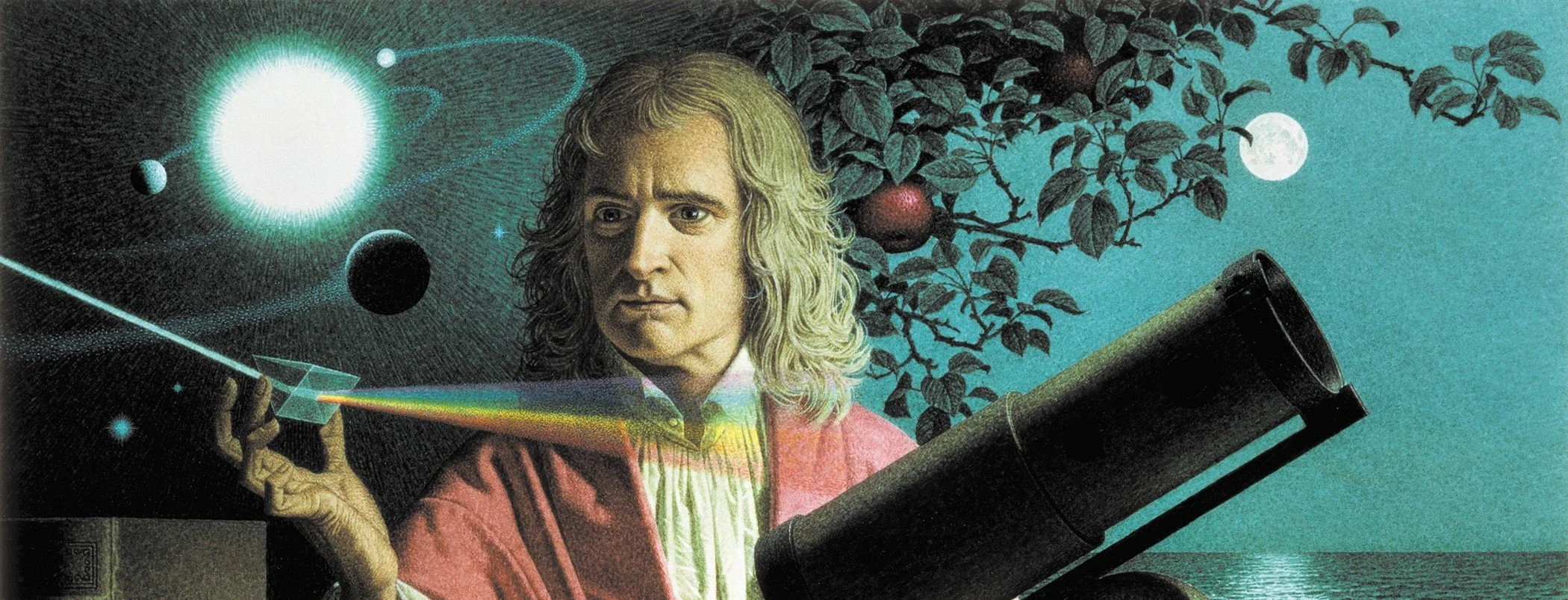
The Scientific Revolution
Chemistry
The Scientific Revolution transformed chemistry from a mystical practice into a modern science. Before this, most people believed in alchemy, the ancient practice of trying to turn base metals into gold or find a universal cure for all diseases. Alchemists believed that all matter was made from four elements: earth, air, fire, and water. This idea dated back to Ancient Greece. However, scientists of the Scientific Revolution began to challenge these ideas.
One of the most important figures in this shift was Robert Boyle. He believed that matter was not made up of four elements, but rather of tiny particles that could combine in various ways. This idea, which would eventually lead to atomic theory, marked a big break from ancient beliefs.
In 1661, Boyle published The Sceptical Chymist, where he argued against the four-element theory and emphasized the importance of experiments and observation. He introduced a new approach to studying substances and understanding chemical reactions, helping to shape chemistry as an experimental science.
Boyle is also known for Boyle’s law, a principle that describes the relationship between the pressure and volume of gasses. Through experimentation, he discovered that when the volume of a gas decreases, its pressure increases, and vice versa, as long as the temperature remains constant. Boyle’s law provided early insight into the behavior of gasses and showed how math could be applied to understand chemical processes.
The scientific method and improved tools for research led to greater accuracy in chemical studies. Scientists were no longer satisfied with mystical explanations. Instead, they focused on conducting experiments and gathering measurable data. This shift from alchemy to chemistry allowed scientists to discover more about the properties of different substances and to begin identifying elements, paving the way for the modern periodic table.
Later in the 1700s, French chemist Antoine Lavoisier transformed chemistry by identifying and naming oxygen, demonstrating its role in combustion. Known as the “Father of Modern Chemistry”.
Lavoisier’s wife Marie-Anne Paulze was instrumental in providing the research and illustrations for their landmark Elementary Treatise on Chemistry. It is considered the first chemistry textbook.

